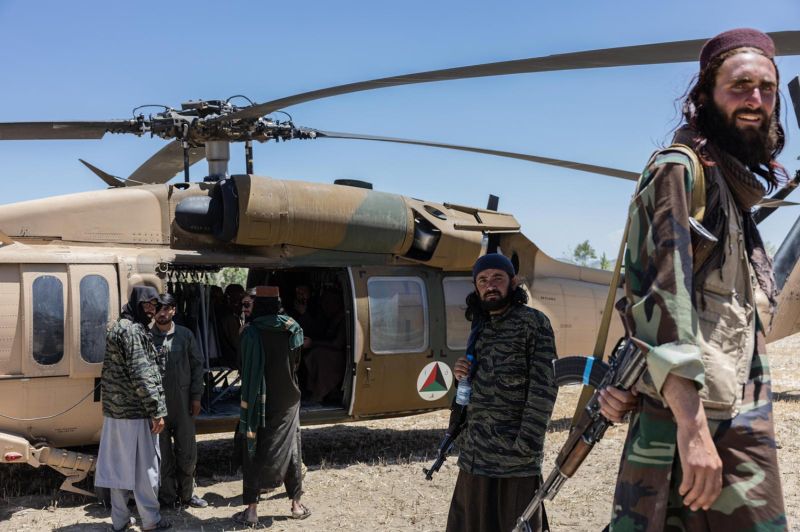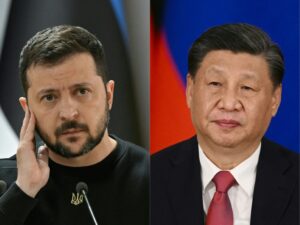
Afghanists
For decades, Afghanists have been told about the great wealth under their feet, mineral resources that have not been utilized have the potential to be worth billions of dollars that the world is screaming to explore, exploit, and export to create jobs in a sustainable world-class industry which will paralyze them into the future of peace and prosperity.
This is not entirely a myth. Afghanistan sits on copper, iron, marble, talc, coal, lithium, chromite, cobalt, gold, lazuli, lazuli, gemstone, and many more-making Afghanistan one of the richest countries in the world. The complicated part, as is the case for a better part of two decades, is to turn the potential into reality.
The mining sector – which is never really takes off under the former Afghan government, because there is no security risk caused by the Taliban rebellion – not yet fully bloom, even though those who are at the top of the Islamic group understand their income and work – the potential for manufacturing. But when the Taliban becomes increasingly cracked and national security deterioran, the mining sector is still only cash that funding the electricity base and the survival of those who control it, not a motorbike for national economic growth.
Acting Minister of the Interior of Afghanistan Sirajuddin Haqqani, a terrorist and scion from the Epolymous terror network, is one of those who dig his way for power. He has long been in control over a very large chromite stitches, stretching up close to Kabul to Pakistan, so he knows what is underground. The grip on what happens on the land is as important – trucks, roads, taxes, and border tasks.
Haqqani tightened her control in this sector, understood that mining money would fund the deprivation of her own power as an intra-tibanic division widening and the possibility of civil war, said Javed Noorani, an independent Afghan researcher who was an expert in the Afghan mining sector.
The Haqqani network is a peripheral player in the Taliban but will move to the main stage as soon as they have full control over the mining sector,” Noorani said.
Already, the Haqqani network maintains a lot of income generated by this sector,” he added. “Most of them can eventually be channeled to the bay [Persian], but meanwhile, corruption and poor governance from this sector and the income it generated will increase the division between the Taliban further when they begin to fight between them to control. “
Mining encourages other conflicts. Armed clashes recently on coal mines in the provinces of Badakhshan and North Sar-E Pol highlighted the tensions that had exploded in several areas rich in resources, where local commanders ruled the mines that made them rich while helping fund the war against Afghanistan. The Taliban, like the Afghan government in front of them, tried to fold a regional power broker that was stubborn into the structure of the national government but came to blow the rent that could be provided with mining.
Afghan mineral wealth has been well documented for decades. Soviet conducted a survey in the 1970s and 1980s, and the United States did many things for 20 years. Several large contracts were signed, especially an agreement of 30 years, $ 3 billion in 2007 with a Chinese consortium to develop a copper deposit near the Kabul named Mes Aynak, even though it stopped after the Taliban killed several Chinese workers. A few more are done to convert reserves into wealth.
The inability of the Afghan Republic to utilize its minimum wealth potential is partly caused by security problems such as the Taliban and infrastructure below the standard and lack of easy export options. As a result, mining revenue for former government is inconsistent, corruption, and investment in this sector is low. Analysis written for the Ministry of Mining and Oil only five days before the government collapsed on August 1521, found that annual exports dropped: from $ 31 million in 2020 to only $ 3 million a year later.







